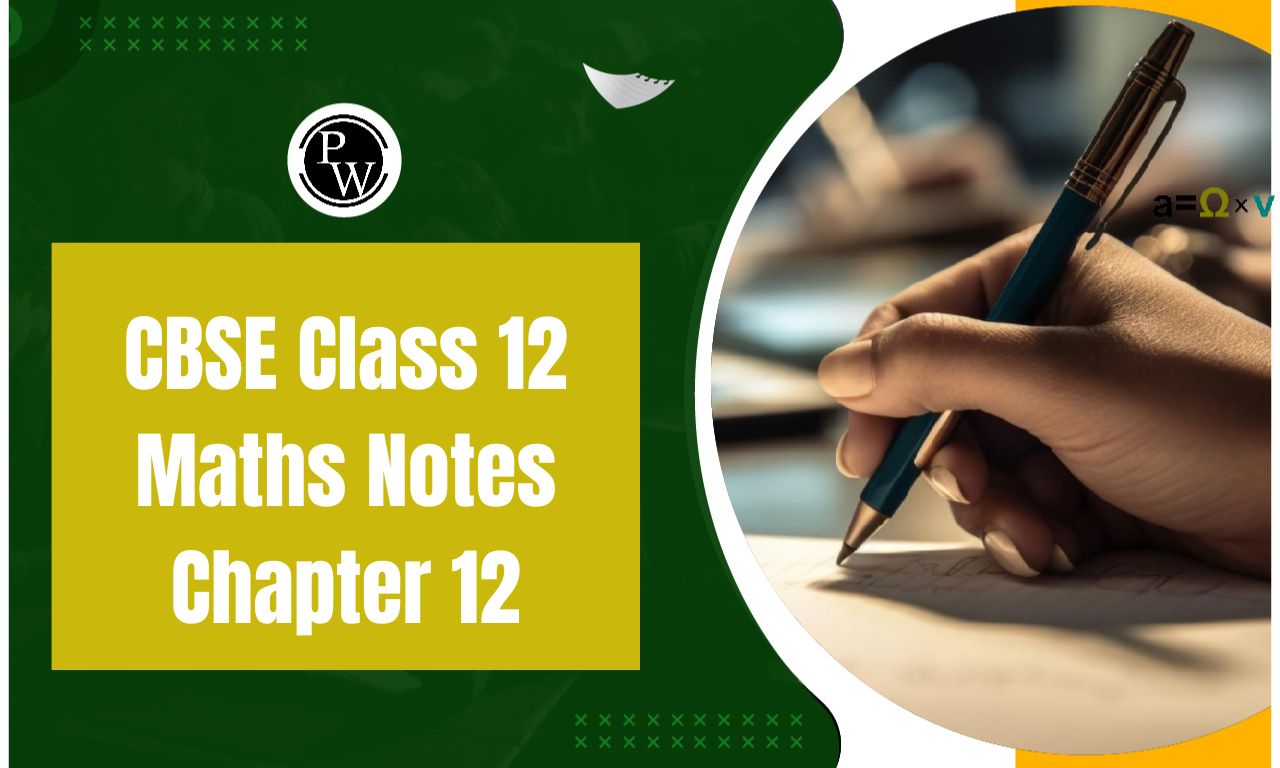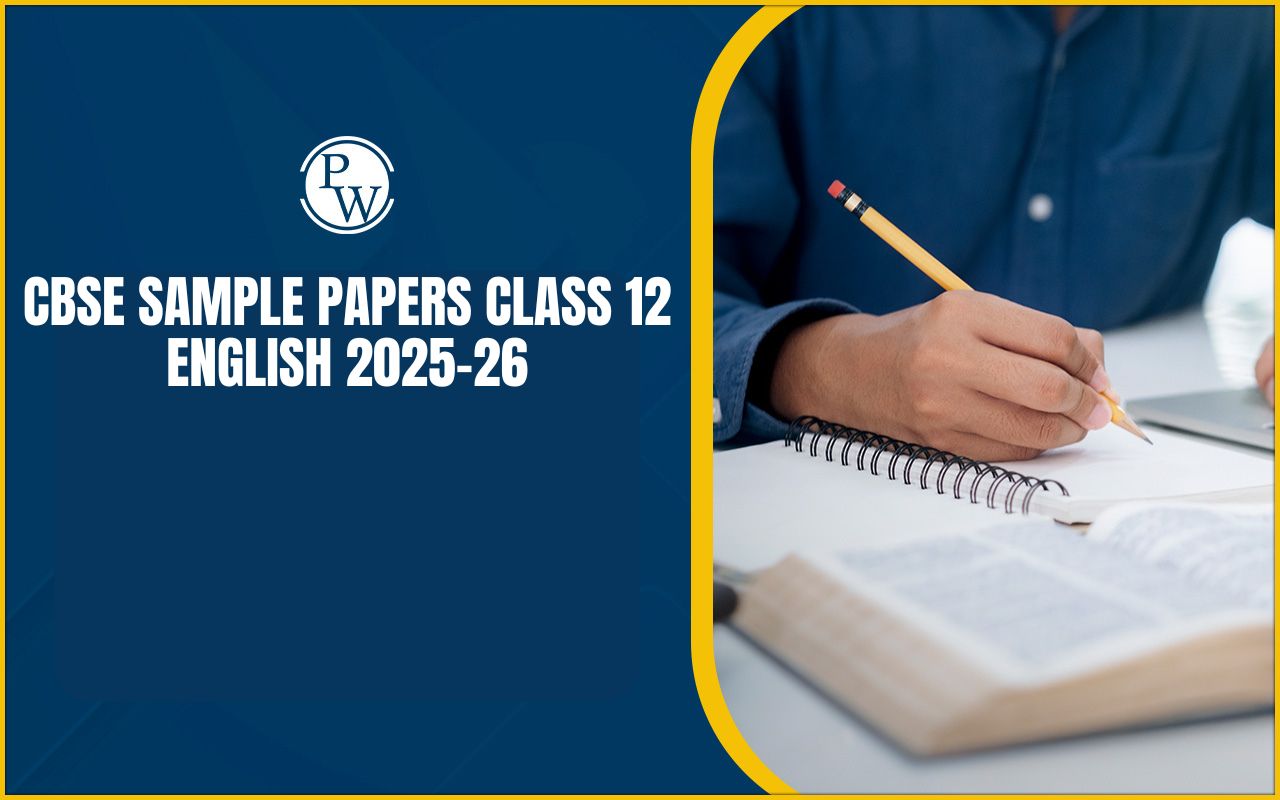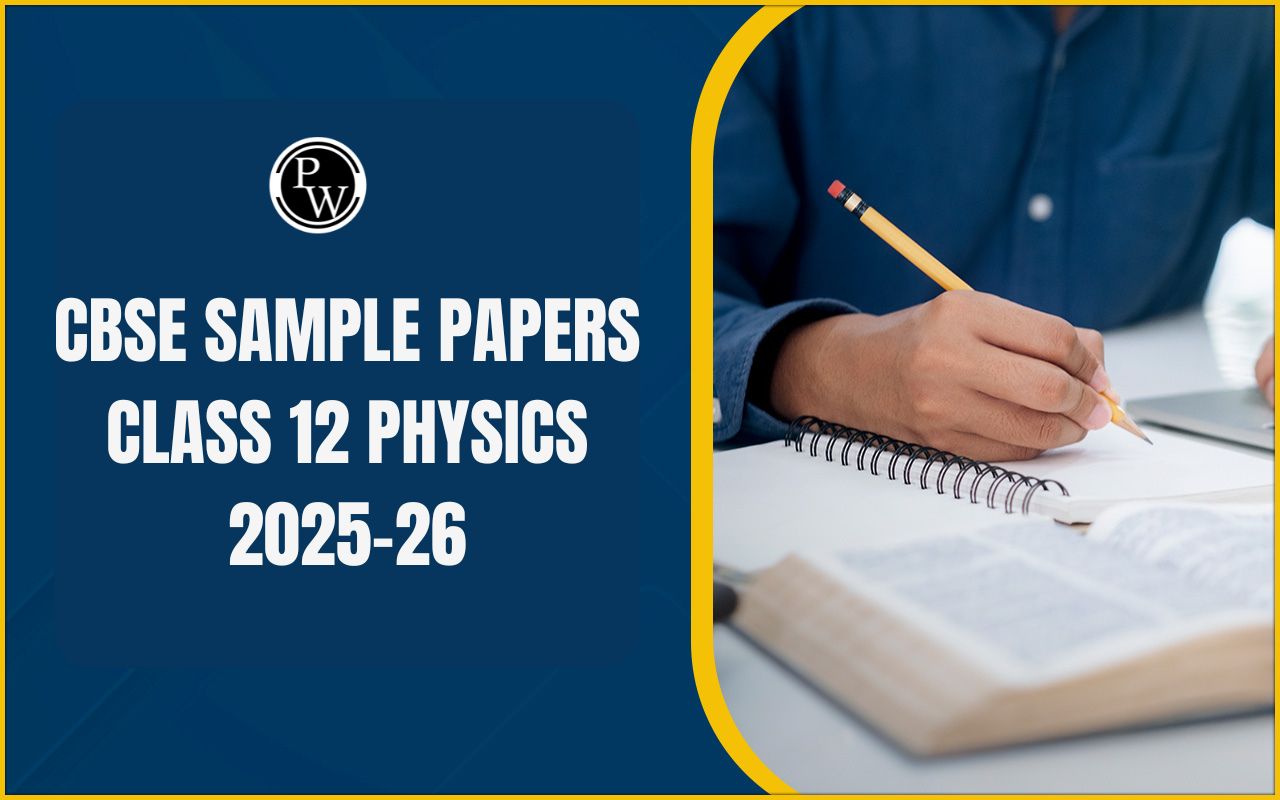

CBSE Class 12 Maths Notes Chapter 12: CBSE Class 12 Maths Notes Chapter 12 Linear Programming a method to achieve the best outcome in a mathematical model. It deals with problems where the objective is to maximize or minimize a linear function, subject to linear constraints.
The chapter introduces important concepts like feasible region, objective function, constraints, and bounded/unbounded solutions. Students learn to formulate real-life problems as linear programming models and solve them using graphical methods. Applications of linear programming in fields like economics, business, and management are also discussed, making it a practical and valuable mathematical tool.CBSE Class 12 Maths Notes Chapter 12 Overview
CBSE Class 12 Maths Notes Chapter 12 Linear Programming, introduces students to the concept of optimization using linear functions. Linear programming is a mathematical technique used to maximize or minimize a linear objective function, subject to a set of linear inequalities or constraints. The chapter focuses on solving linear programming problems (LPP) using graphical methods, applicable when two variables are involved. This involves plotting the constraints on a graph and identifying the feasible region, followed by determining the optimal solution. Real-life applications in business, economics, and manufacturing processes are also emphasized, showcasing the practical utility of linear programming.CBSE Class 12 Maths Notes Chapter 12 PDF
Here we have provided CBSE Class 12 Maths Notes Chapter 12 Linear Programming for the ease of the students so that they can download it and access it offline.CBSE Class 12 Maths Notes Chapter 12 PDF
CBSE Class 12 Maths Notes Chapter 12 Linear Programming
Below is the CBSE Class 12 Maths Notes Chapter 12 Linear Programming - Programming in linear terms Math ideas from class 12 can be used to determine whether to maximise or minimise certain quantities in a general class of problems. An optimisation problem is the name given to this type of issue. The topics covered in class 12's linear programming include determining a maximum profit, minimum cost, and minimum resource usage, among other things. Students can use these notes to aid in their exam revision by accessing them here.Different Type of Linear Programming Problems
The several kinds of linear programming problems that are covered in class 12 topics. They are as follows: (i) Manufacturing problem: In this case, we use the least amount of resources possible to maximise profit. (ii) Diet Problem: In order to reduce manufacturing costs, we calculate how many different nutrients a diet should contain. (iii) Transportation issue: In this case, we schedule the least expensive and fastest method of moving a product.Terms of Linear Programming Problem
Certain words (or terminology) are used for creating and resolving linear programming issues. Let's clarify a few of the key phrases we will be utilising in this context.Objective function:
A linear function of the form Z = ax + by, where a and b are constant, which has to be minimized or maximized is called a linear objective function. Consider an example, Z = 175x + 150y. This is a linear objective function. The variables x and y are called decision variables.Constraints:
The linear inequalities or equations or restrictions on the variables of LPP (linear programming problem) are called constraints. The conditions x ≥ 0, y ≥ 0 are called non-negative restrictions. For example, 5x + y ≤ 100; x + y ≤ 60 are constraints.Optimization problem:
An optimisation issue is one that aims to maximise or minimise a linear function, such as that of two variables, x and y, subject to constraints that are established by a collection of linear inequalities. Specific kinds of optimisation challenges are those involving linear programming.Feasible region:
The viable region, also known as the solution region, for a linear programming problem is the common region that is determined by all of the supplied constraints, including non-negative constraints (x ≥ 0, y ≥ 0). An area that is not possible is referred to as an infeasible area.Feasible solutions:
These spots, which are both inside and outside the viable region, show potential ways to overcome the limitations. An infeasible solution is any point that is outside the feasible zone.Optimal (or feasible) solution:
An optimal solution is any point in the feasible region that provides the objective function's optimal value, either at its maximum or minimum.CBSE Class 12 Chapter 12 Linear Programming Sample Problem
Question: Solve the following linear programming problem graphically:
Minimize Z = 200 x + 500 y subject to the constraints: x + 2y ≥ 10 3x + 4y ≤ 24 x ≥ 0, y ≥ 0Solution:
Given objective function is: Minimize Z = 200 x + 500 y ….(i) Constraints are: x + 2y ≥ 10 ….(ii) 3x + 4y ≤ 24 ….(iii) x ≥ 0, y ≥ 0 ….(iv) The graph of these inequalities is: The bounded system of constraints (ii), (iii), and (iv) determines the feasible region ABC, which is represented by the shaded area in the figure (above graph).
The coordinates of A, B, and C, which are the corner points of this (possible or shaded) region, are, respectively, (0, 5), (4, 3), and (0, 6).
Now, let us evaluate the value of Z = 200x + 500y at these points.
The bounded system of constraints (ii), (iii), and (iv) determines the feasible region ABC, which is represented by the shaded area in the figure (above graph).
The coordinates of A, B, and C, which are the corner points of this (possible or shaded) region, are, respectively, (0, 5), (4, 3), and (0, 6).
Now, let us evaluate the value of Z = 200x + 500y at these points.
| Corner point | Corresponding value of Z |
| (0, 5) | 200 × 0 + 500 × 5 = 0 + 2500 = 2500 |
| (4, 3) | 200 × 4 + 500 × 3 = 800 + 1500 = 2300 (minimum) |
| (0, 6) | 200 × 0 + 500 × 6 = 0 + 3000 = 3000 |
Benefits of CBSE Class 12 Maths Notes Chapter 12
The benefits of studying Chapter 12: Linear Programming in CBSE Class 12 Mathematics include:Problem-Solving Skills : Linear programming enhances students' ability to solve real-world optimization problems, helping them develop analytical thinking and decision-making skills.
Practical Applications : The chapter demonstrates the use of mathematics in fields like business, economics, transportation, and resource management, making it highly relevant for students interested in these areas.
Graphical Approach : By learning the graphical method, students can visually interpret and solve problems, enhancing their understanding of how mathematical models represent real-world situations.
Optimization Techniques : The concepts of maximizing profit or minimizing costs are crucial for various industries, giving students an edge in understanding economic and business models.
Foundation for Higher Studies : Linear programming forms a base for advanced studies in operations research, engineering, economics, and management science.
Competitive Exams : It is a crucial topic for various competitive exams, helping students with problem-solving in time-constrained environments.
CBSE Class 12 Maths Notes Chapter 12 FAQs
What is the central problem of linear programming?
How is LPP used in real life?
What is the main purpose of solving linear programming problems?
Is CBSE Class 12 Maths Notes Chapter 12 Linear Programming helpful?












